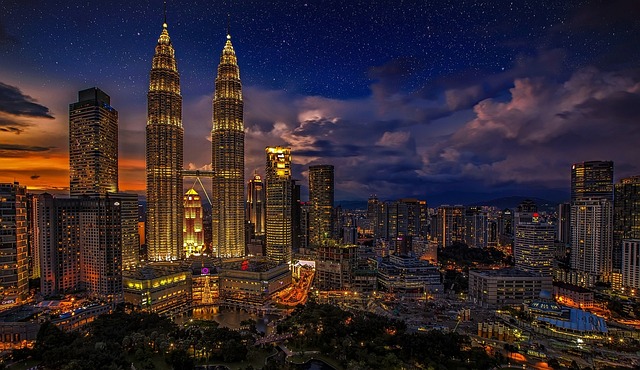
Karachi's construction bylaws are crucial in shaping its urban landscape and guiding future growth. These regulations cover zoning, building heights, energy efficiency, waste management, and more, influencing developers, architects, and residents. Adhering to these guidelines is essential for balancing infrastructure expansion with green space preservation, traffic flow management, and structural integrity, enabling Karachi's evolution into a modern metropolis while preserving its unique character. Specifically, Shahra-e-Faisal, a vibrant urban corridor, acts as the city's backbone, governed by strict bylaws ensuring sustainable growth and aesthetic appeal. Karachi's stringent regulatory framework aims to mitigate hazards, promote high structural integrity standards, and maintain the livability of its diverse areas. Understanding these regulations is vital for builders and residents alike, contributing to the city's diverse architectural landscape.
Karachi, Pakistan’s economic backbone, has witnessed significant urban growth. Understanding the city’s construction bylaws, particularly those governing Shahra-e-Faisal, is crucial for sustainable development. This article delves into the regulatory framework shaping Karachi’s skyline, focusing on safe structures, permits, and zoning. We explore how these by-laws impact the local construction industry, ensuring compliance while fostering urban evolution in the vibrant metropolis of Karachi.
- Understanding Karachi's Construction Bylaws
- Shahra-e-Faisal: A Focus on Urban Development
- Regulatory Framework for Safe Structures
- Permits and Zoning: Key Considerations
- Impact on Local Construction Industry
Understanding Karachi's Construction Bylaws
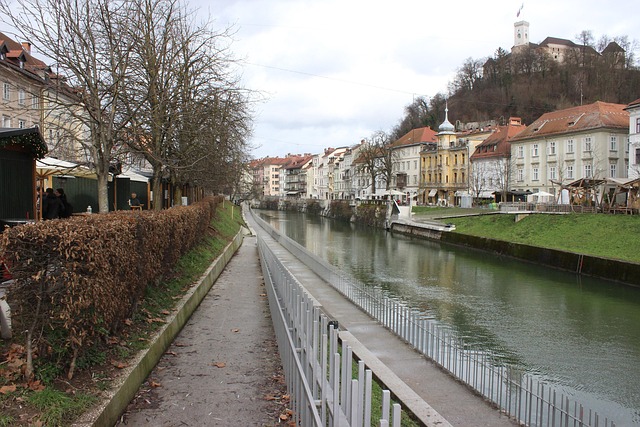
Karachi, as Pakistan’s economic powerhouse, has unique construction bylaws that reflect its urban landscape and growth trajectory. These regulations are designed to ensure orderly development, maintain aesthetics, and safeguard public safety in one of the world’s most densely populated cities. The Karachi Construction Bylaws govern everything from zoning and building heights to energy efficiency and waste management. Understanding these bylaws is crucial for developers, architects, and residents alike, as they shape the city’s physical identity and future growth.
In the heart of Karachi, these rules are particularly vital to navigate due to the dynamic nature of urban development. They aim to balance the need for infrastructure expansion with preserving green spaces, managing traffic flow, and ensuring structural integrity. By adhering to these guidelines, Karachi can continue its metamorphosis into a modern metropolis while retaining its unique character amidst rapid urbanization.
Shahra-e-Faisal: A Focus on Urban Development
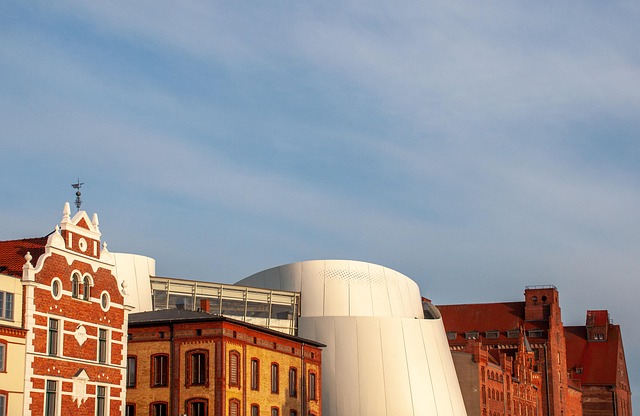
Shahra-e-Faisal, a bustling urban corridor in Karachi, serves as a focal point for the city’s development and growth. This vibrant stretch is not just a collection of buildings; it is a symphony of architecture, commerce, and culture that reflects the dynamic nature of Pakistan’s largest metropolis. As Karachi continues to expand, the bylaws governing construction on Shahra-e-Faisal play a pivotal role in ensuring sustainable urban development.
These bylaws are meticulously designed to balance progress with preservation, focusing on factors like zoning, height restrictions, and environmental considerations. By adhering to these guidelines, developers can create structures that enhance the cityscape without compromising the livability and aesthetic appeal of Shahra-e-Faisal and nearby areas. This approach is crucial in managing the hustle and bustle of Karachi while fostering a harmonious urban environment.
Regulatory Framework for Safe Structures
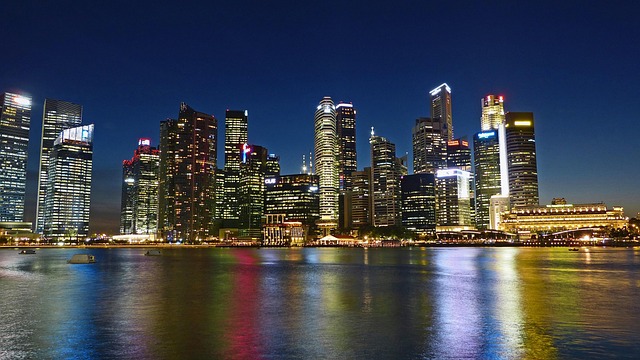
Karachi, as Pakistan’s economic hub, is subject to a robust regulatory framework aimed at ensuring safe and structured construction. The city’s by-laws, specifically tailored for Shahra-e-Faisal, reflect a comprehensive understanding of the need for stringent building standards. These regulations encompass various aspects, from zoning and land use to structural integrity and safety measures.
The by-laws are designed to prevent hazardous conditions, such as substandard construction materials or inadequate load-bearing capacities, which could pose significant risks to residents and visitors. By implementing these strict guidelines, Karachi aims to maintain a balance between urban development and public safety, ensuring that Shahra-e-Faisal remains a symbol of modern architecture while upholding the highest structural integrity standards.
Permits and Zoning: Key Considerations
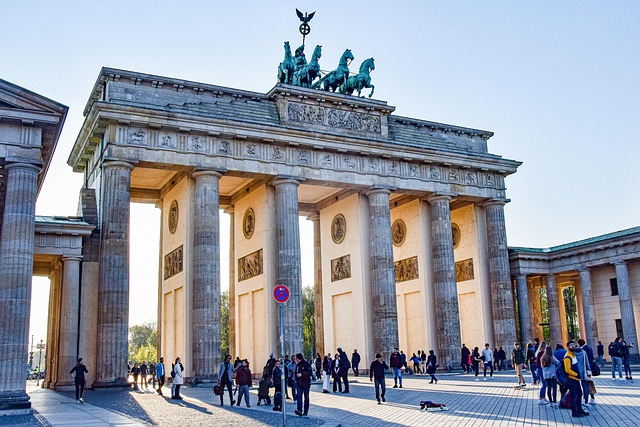
In Karachi, construction projects must adhere to strict permits and zoning regulations outlined in the city’s by-laws. These guidelines are pivotal for maintaining order and ensuring sustainable urban development. Before breaking ground, developers must obtain necessary permits from relevant authorities, which involve detailed planning and compliance with various criteria. Zoning laws dictate land use, height restrictions, and building design, aiming to preserve the aesthetic and functional integrity of neighborhoods.
Understanding these regulations is crucial for both builders and residents. Proper permitting ensures projects align with community needs and safety standards. Karachi’s diverse areas, from residential to commercial hubs, demand careful navigation of zoning rules to foster a harmonious built environment. This process helps maintain the city’s balance, preserving green spaces, community character, and quality of life for all its citizens.
Impact on Local Construction Industry
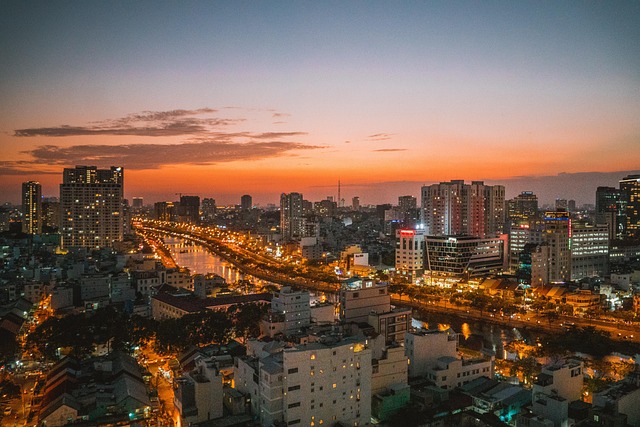
The construction bylaws of Shahra-e-Faisal, Karachi, have had a profound impact on the local industry, shaping its landscape and driving development. These regulations have not only governed building practices but also influenced the city’s architectural identity. By setting standards for zoning, height restrictions, and structural integrity, the bylaws have ensured that construction projects contribute positively to the urban environment. This has encouraged sustainable and aesthetically pleasing buildings, fostering a thriving local industry that attracts both developers and skilled labor.
Moreover, the bylaws have facilitated order in Karachi’s bustling construction sector. They promote efficient land use, prevent uncontrolled development, and ensure safety for residents and workers alike. As a result, the city boasts a diverse array of architectural marvels, from residential complexes to commercial skyscrapers, all while maintaining a harmonious balance between urban growth and environmental preservation.
Karachi’s construction bylaws, particularly those governing Shahra-e-Faisal, reflect a city that aims to balance urban development with safety and regulatory standards. By understanding these bylaws—which encompass permits, zoning, and structural regulations—the local construction industry can navigate the landscape more effectively. This ensures not only compliance but also the creation of safer and more sustainable built environments in Karachi.
